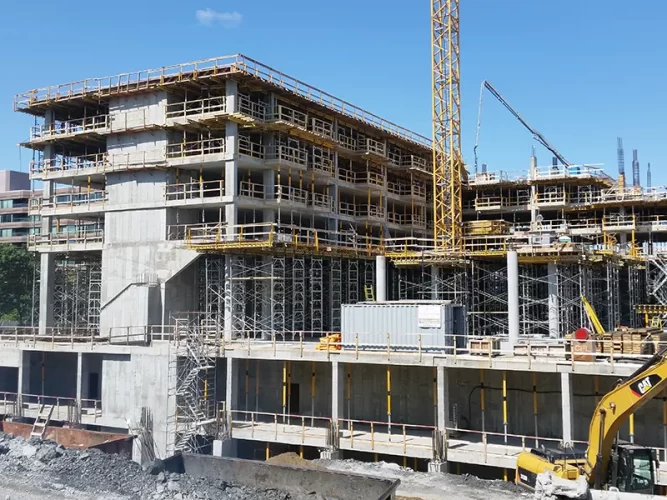Construction requires attention to every single facet. After all, the structure must be stable enough to see reliable use. One such exercise in ensuring stability is underpinning. According to the dictionary, underpinning is simply a solid foundation below ground level to support an overall structure above. This task is of importance in any project, and thus demands the attention of an underpinning engineer. These are experts specializing in the science of underpinning and thus, laying the foundations of a successful structure.
Here’s a deeper look into why underpinning forms a big part of a stable structure:
- Foundational Strength
The point of underpinning is to add strength and stability to a structure’s foundation. When existing structures are concerned, engineers will focus on checking the foundation’s integrity, possible weaknesses, and settling issue. This forms the bases for a strategic underpinning execution, usually via mass concrete underpinning. Here, a foundation is reinforced and stabilized against external pressures and environmental factors.
- Settlement Prevention
No matter how well a structure is constructed, settlement issues crop up and threaten to impact stability. An underpinning engineer thus keenly focuses on these via the various methods at hand. Settlement is an early indicator of issues with stability. Consistent checks help ensure a building’s structural integrity is maintained for a long time.
- Adapting to Soil Conditions
No two pieces of land are same due to the soil conditions. Varied structures are built in varied types of soil, yet require stability and reliability. An underpinning engineer thus analyses soil types to adapt their strategies. From expansive clay soils to areas prone to sinking, a professional behaves proactively to execute pile underpinning or mini-piling. This counters any harm that soil could have.
- Structural Upgrades
Nothing built lasts forever. No matter how well-built a structure is from the start, it may need upgrades to add on to stability. Modern safety standards may also mandate changes! Here, an underpinning engineer plays a pivotal role in analyzing prior work and upgrading it. This can be achieved via reinforced load-bearing elements that can contribute to an enhanced and secure building framework.
- Emergency Response
In times of unforeseen circumstances, such as natural disasters or unexpected structural issues, the rapid intervention of underpinning engineers becomes crucial. Their ability to assess, plan, and execute underpinning solutions in emergencies ensures the immediate stability of a structure, minimizing the risk of further damage and protecting lives and property.
So, when stability is the concern, look no further than the NadeauSDM underpinning engineer!

